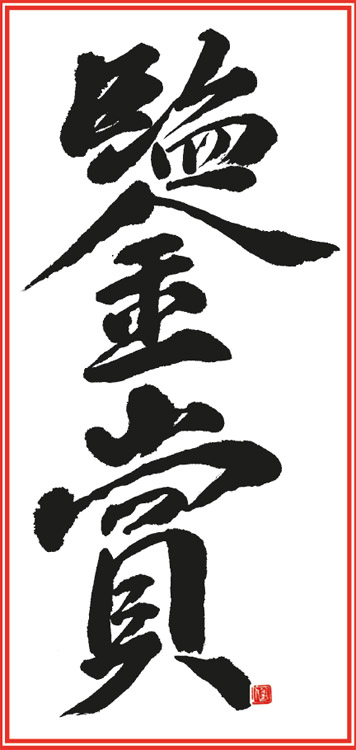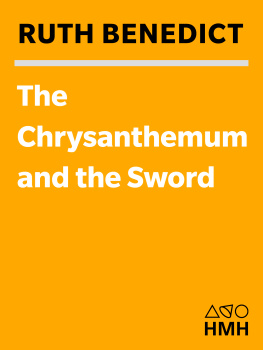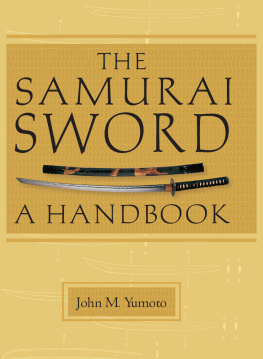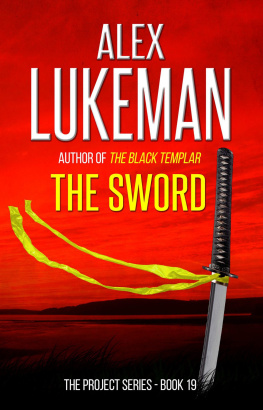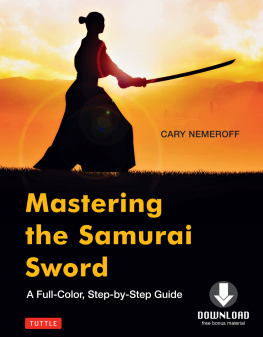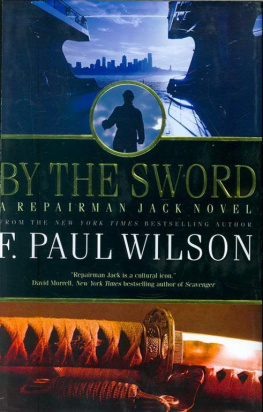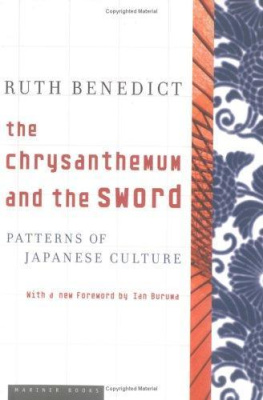
ACKNOWLEDGMENTS
The three authors of this volume have written previous books on Japanese swords, and had not been thinking of making another book on the subject. However, after several visits to Italy to demonstrate sword-makingboth at the Bargello National Museum in Florence and in the area around FlorenceMr. Paolo Saviolo, of the publisher Saviolo Edizioni, approached us with a proposal for another book on Japanese swords. This appeared to be a worthwhile endeavor, especially since the work was to be entirely in color and had no restrictions on length. It was a good opportunity to write a large book that would include extensive sections on the care, examination, and appreciation of Japanese swords; an account of the history and production of traditional Japanese steel; a detailed chapter on making the Japanese sword; and a description of the other craftsmen responsible for finishing and mounting the blade. This effort has been progressing slowly over several years (some credit must go to Paolo Saviolo for the glacial pace, since he never gave the authors any deadlines).
Many people contributed to the making of this book, and the authors would like to acknowledge their help. The chapter on the tatara was written by Muneo Yaso, the director of the Wako Museum in Shimane, Japan. The tatara photos were provided by the Wako Museum and Takeshi Fujimori. All other photographs were taken by Aram Compeau and Yoshikazu Yoshihara. The oshigata of historical and important swords were provided by Michihiro Tanobe, with the exception of the tanto oshigata on page , which was made by Naoji Karita. The drawings in black and white and in color were made by Yoshindos student Ryoichi Mizuki. The photos of gendaito (modern swords) were taken by Aram Compeau and Yoshikazu Yoshihara.
Thanks are also due to Tsuneyuki Inuzuka, who provided the portrait of Suishinshi Masahide on page .
It is thanks to the perseverance of Paolo Cammelli and Paolo Saviolo that this book came about. Paolo Cammelli has been extremely helpful in facilitating communications between Italy and the US, and in helping to organize the efforts of the authors and the publishers. The fact that the authors live in California and Japan, while the publisher is located in Italy, added to the difficulty of the task.
The authors are grateful for the opportunity to photograph many swords made by the Yoshihara family, and are indebted to Aram Compeau, Duane Hanson, Thor Heine, Xia Jin, Douglas Louie, Leo Monson, James Nakasuji, Gail Ryujin, James Sandler, Wayne Shijo, Hubert Tsang, and Morgan Yamanaka for their contributions. The editorial efforts of Wayne Shijo and Douglas Louie in reviewing the manuscripts and detecting what seemed like countless errors are particularly appreciated.
We hope that this book will help people who are interested in Japanese swords learn how to examine, view, and maintain them, while offering a basic understanding of how the blades are made and finished. We believe that such knowledge makes Japanese swords far more interesting and enjoyable to view and study.

AUTHOR INFORMATION
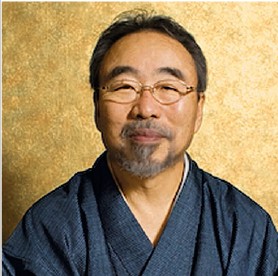
Yoshindo Yoshihara is the third-generation swordsmith in his family. His grandfather Kuniie began making swords in 1933 in Tokyo and was ranked among the top swordsmiths in Japan during his career. Yoshindo lives and works in Tokyo with his son, who represents the fourth generation of sword-smiths in the family. Yoshindo, who is always training young swordsmiths and currently has five apprentices working with him, has been named an Important Cultural Property of the city and prefecture of Tokyo, and is a mukansa (top-ranked swordsmith) in Japan.
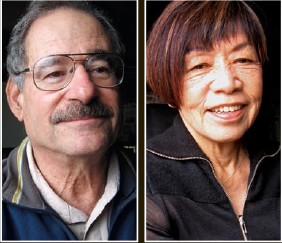
Leon Kapp , a molecular biologist, lives with his wife Hiroko in San Rafael, California. He has been seriously interested in Japanese swords for over twenty-five years, and has spent a great deal of time learning about them from Yoshindo.
Hiroko Kapp is a writer for Senken Shimbun News of Tokyo and writes about fashion and the fashion industry in the US. She graduated from Musashino Art University in Tokyo. For twenty-five years, she was active in the apparel business and designed scarves for her own line in the US.
The Kapps and Yoshindo have written three previous books on Japanese swords.

PRODUCER

Paolo Saviolo was born in Italy in 1963.
Having spent more than twenty years ascending the corporate ladder, Paolo became president of the Saviolo Publishing House in 1999. His publishing company has received numerous awards and continuous international recognition for the exceptional quality and innovative page design of its printed works.
Ever attentive to his surroundings and ready to take on new challenges and projects, Paolo will work wherever ideas carry him. His current operations are based in Italy, as well as in the United States and Japan.
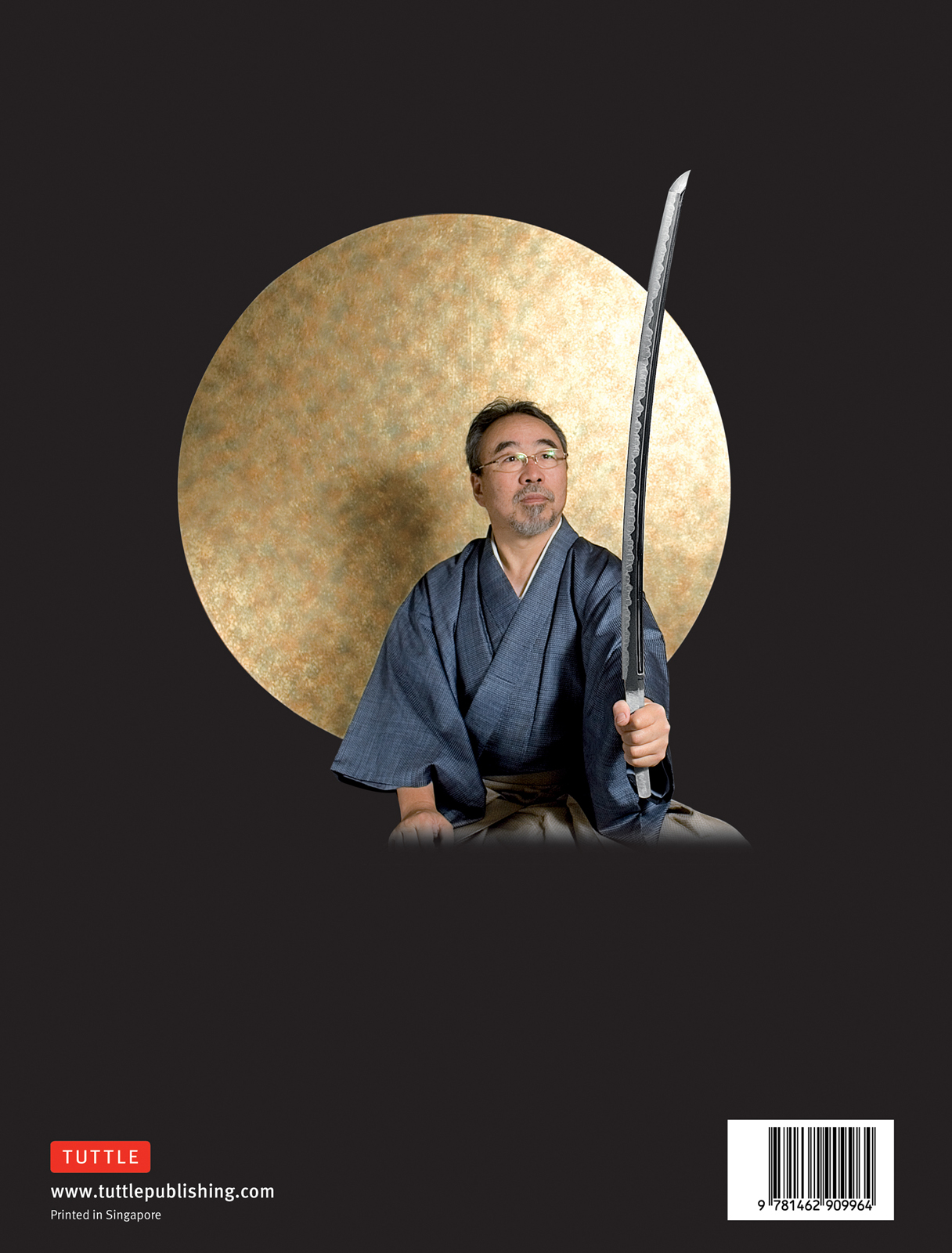

BIBLIOGRAPHY
Fuller, Richard; and Gregory, Ron. Military Swords of Japan, 1868-1945 . London: Arms and Armor Press, 1986.
Fuller, Richard; and Gregory, Ron. Japanese Military and Civil Swords and Dirks . Charlottesville, VA: Howell Press, Inc., 1997.
Kapp, Leon; Kapp, Hiroko; and Yoshihara, Yoshindo. The Craft of the Japanese Sword . Tokyo: Kodansha International, 1987.
Kapp, Leon; Kapp, Hiroko; and Yoshihara, Yoshindo. Modern Japanese Swords and Swordsmiths: From 1868 to the Present . Tokyo: Kodansha International, 2002.
Kishida, Tom. Yasukuni Swordsmiths . Tokyo: Kodansha International, 1994.
Magotti, Sergio. Nipponto, the Soul of the Samurai . Bagnolo San Vito, Italy: Ponchiroli Editore, 2009.
Nagayama Kokan. The Connoisseurs Book of Japanese Swords . Tokyo: Kodansha International, 1997.
Nakahara, Nobuo. Facts and Fundamentals of Japanese Swords . Tokyo: Kodansha International, 2010.
Sato, Kansan. The Japanese Sword. Tokyo: Kodansha International, 1983.
Sinclaire, Clive. Samurai Swords: A Collectors Guide to Japanese Swords . New York: New York Book Sales, Inc, 2009.
Takaiwa, Setsuo; Kapp, Leon; Kapp, Hiroko; and Yoshihara, Yoshindo. The Art of Japanese Sword Polishing . Tokyo: Kodansha International, 2006.
Yumoto, John. The Samurai Sword . Tokyo: Charles E. Tuttle, 1958.
CHAPTER I
KANSHO
APPRECIATING THE JAPANESE SWORD
